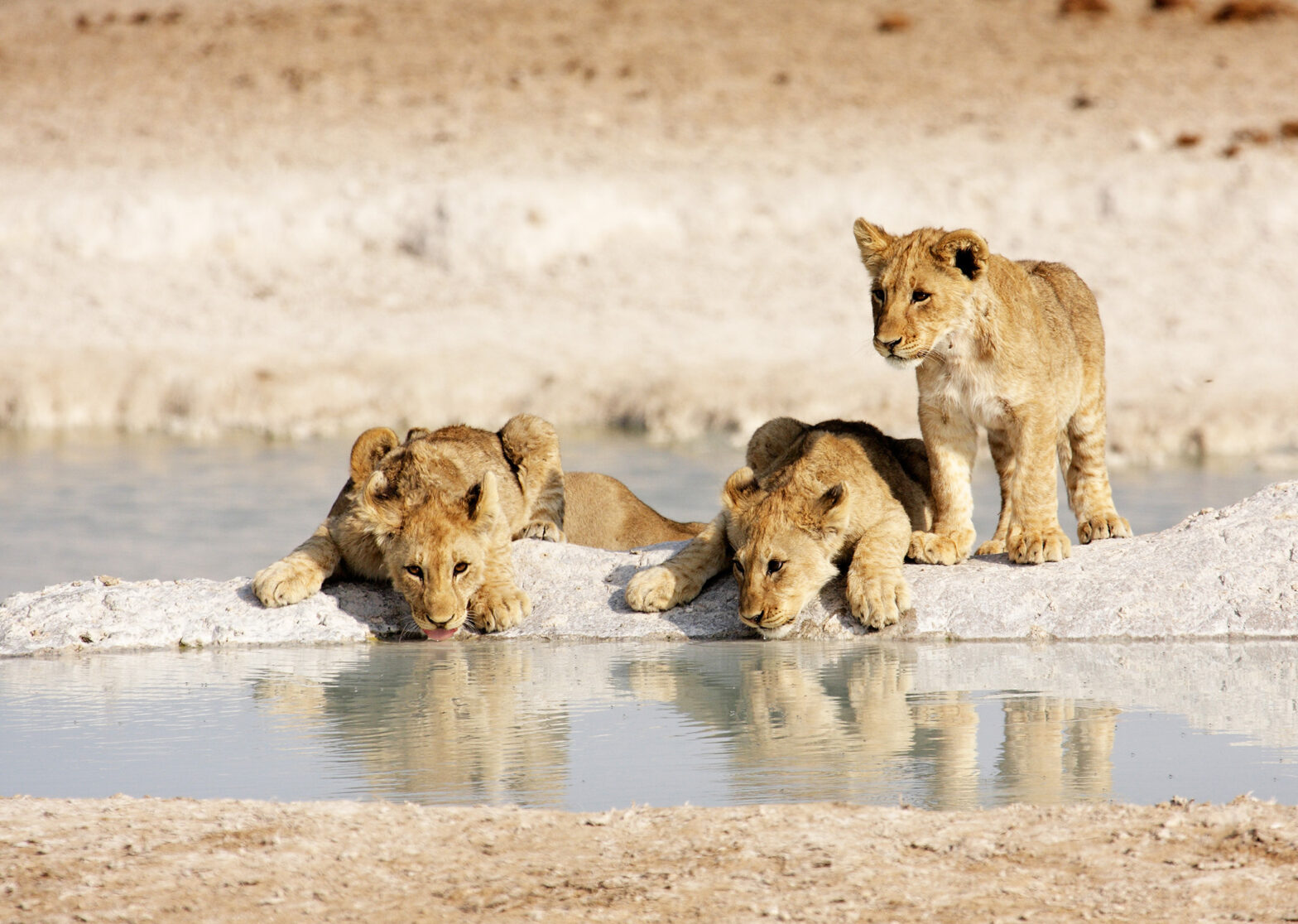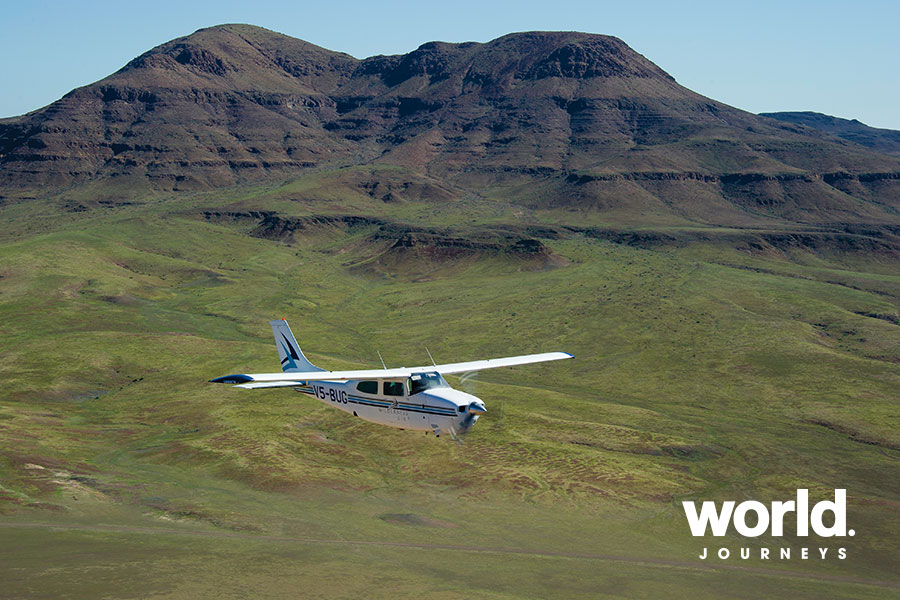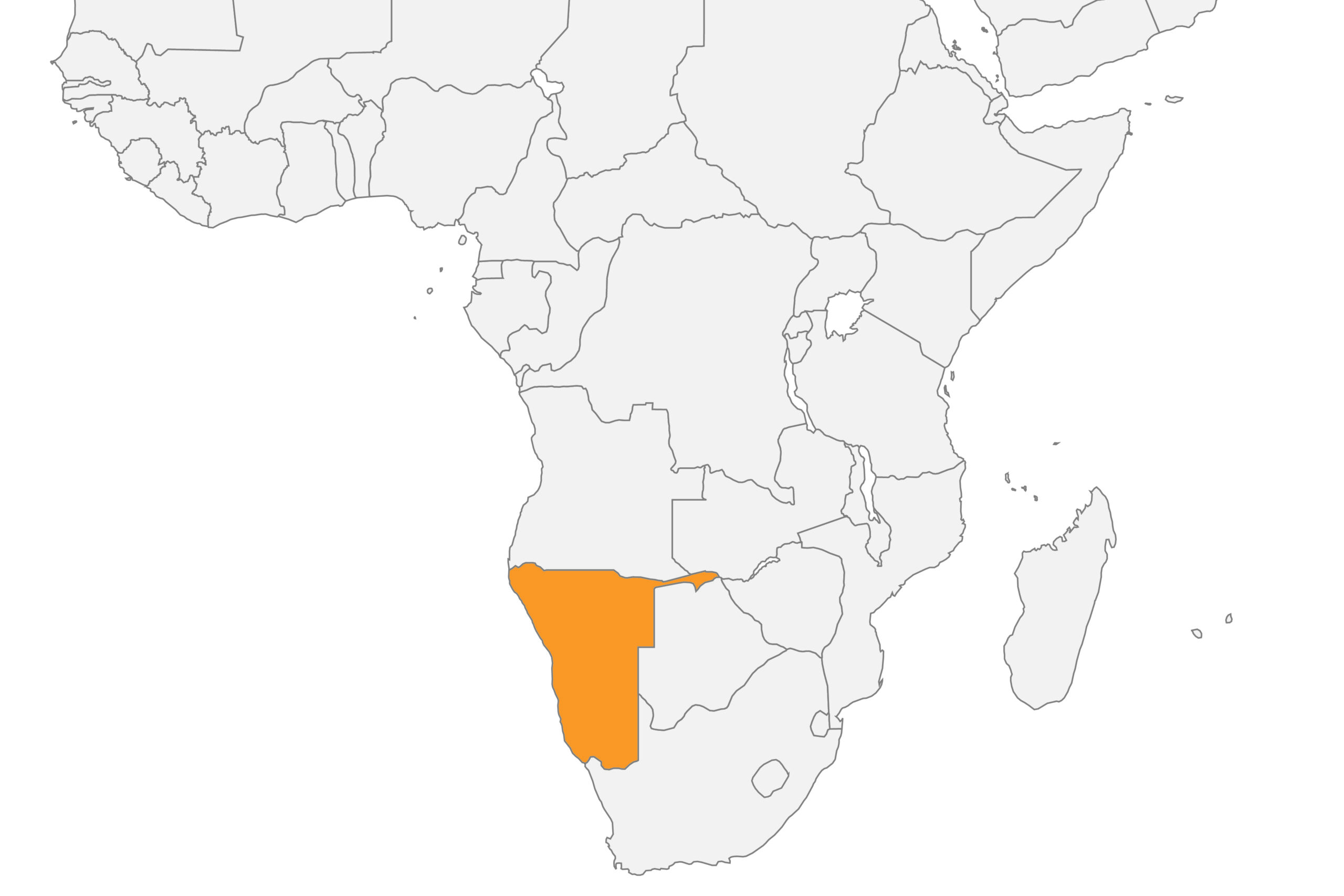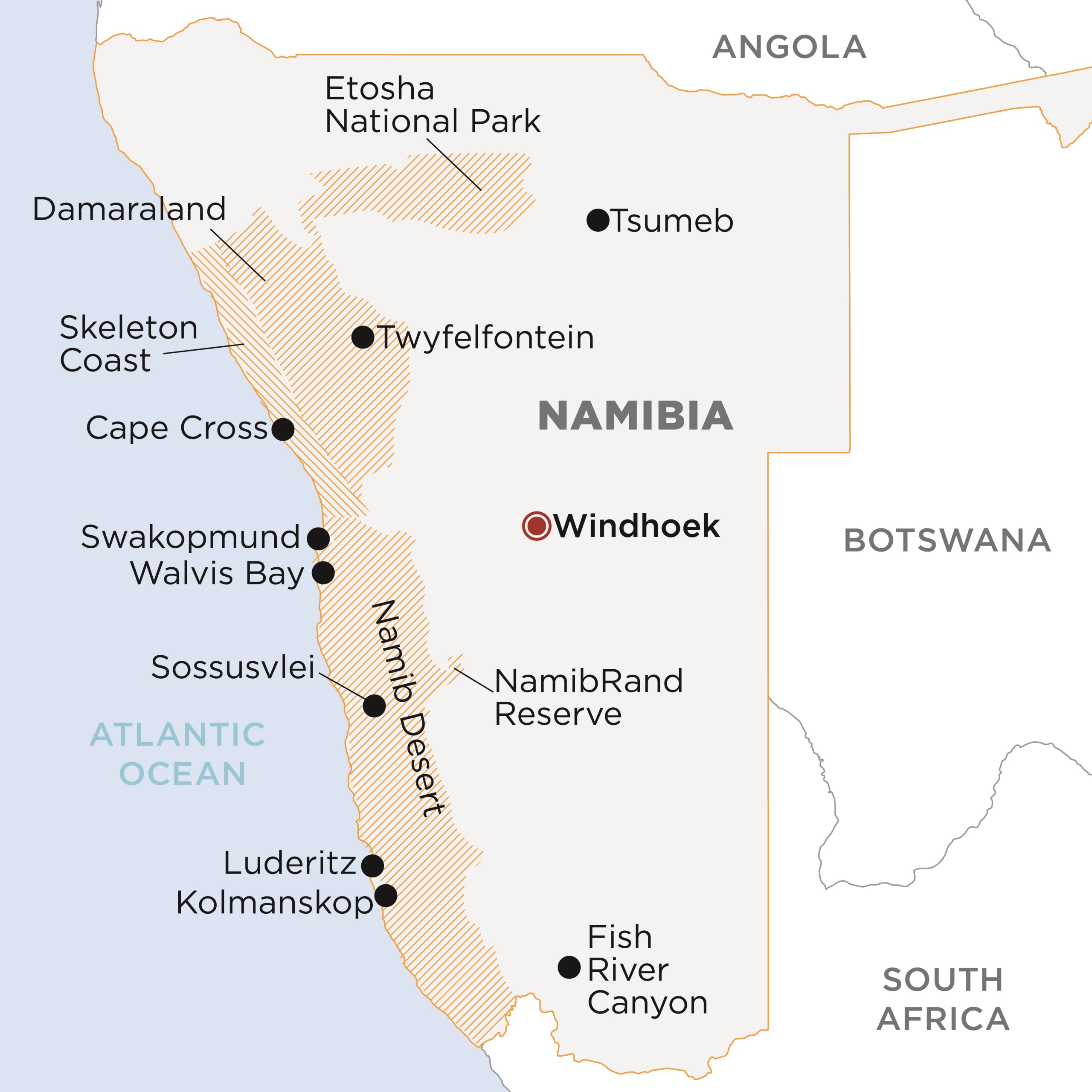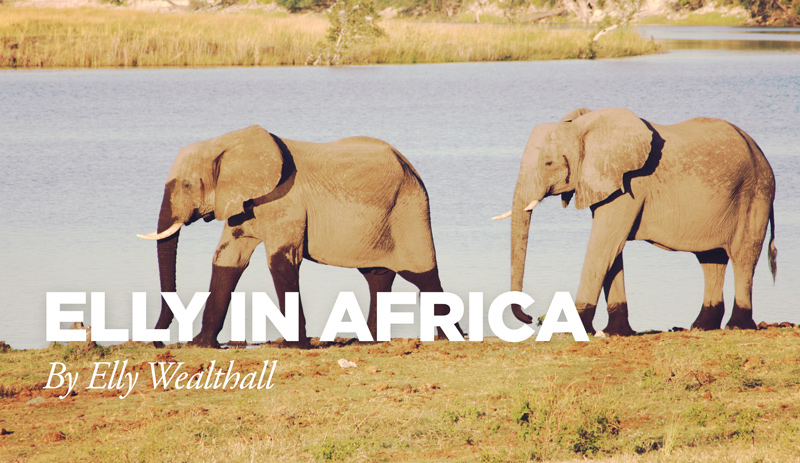Namibia Safari and Tours
Namibia, formerly known as South West Africa, is a true hidden gem.
An absolute must for the keen photographer, the country is a kaleidoscope of colours, shades and movement in serene landscapes that beg to just be quietly admired with a beverage in hand, and captured in the mind or camera. In Damaraland and north-western Namibia, echoes of its ancient geological history are in the mountains, dried up rivers and rock formations. For wildlife encounters, Namibia’s Etosha National Park is one of the premier parks in Africa with a number of species not encountered elsewhere, all meeting at the waterholes to drink. Sossusvlei, with its shifting sand dunes is a wonder to behold, and a hot-air balloon ride soaring above the Namib Desert is well worth doing.
Read More...Sossusvlei
One if Namibia’s most well know attractions due to the enormous red sand dunes surrounding the arid desert. The dunes are some of the highest in the world reaching almost 400 meters and provide incredible photographic opportunities throughout the day.
Etosha Pan and National Park
Located in northwestern Namibia Etosha is known for its salt pan, so large it can be seen from space. Home to an abundance of wildlife that congregates around the waterholes, giving you almost guaranteed game sightings.
Damaraland
An area of spectacular scenery and ancient geological history in the mountains, dried up rivers and rock formations, it is one of the least populated and most geologically diverse areas in Africa.
Fish River Canyon
The second largest canyon on earth, featuring a gigantic ravine that measures in total about 160 km long, up to 27 km wide and in places almost 550 meters deep. Spectacular scenery!
Kolmanskop
The once thriving diamond town is now abandoned and slowly being buried by the shifting sands of the Namib Desert. Built in the early 1900s by German settlers, complete with hospital, ballroom, school, theatre and bowling alley it now makes for fascinating photographs with the buildings taken over by sand.
Generally speaking, anytime May through December is most suitable for travel in most of the country. During the heat of the summer December through March, temperatures can reach above 40 degrees Celsius.
Winter days are warm, dry and most comfortable for travel whilst also being the best opportunity to see wildlife as the natural water supply is lower, bringing the animals to waterholes.
Vast wide-open spaces, huge skies and that feeling of being in a very special place. These are the thoughts that spring to mind when I recall my trip to Namibia. I’d been to many other African countries before, but Namibia to me stands out as unique. Yes, you go for the wildlife safari experience, but there is so much more to it. I loved the ability to get out into the remote areas, and in fact my favourite place of all was Huab Under Canvas in the heart of Damaraland. The camp itself was amazing – tucked into a grove of trees on a dry river bed, everything was solar powered and although we slept ‘under canvas’ the comforts were all miraculously there! A hot bucket-shower every day, flush toilets, cold drinks and delicious meals – I don’t know how they do it, literally in the middle of nowhere! Tracking the rare and endangered desert-adapted rhino is an experience I will never forget – what a privilege. Staying at andBeyond Sossusvlei Desert Lodge was another ‘wow’ experience – the resident astronomer introduced us to the phenomenal starry skies; the first time I’ve seen the rings of Saturn! The dunes of Sossusvlei were just as impressive. We saved the best for last, ending a long day’s drive by arriving at Wolwedans Dune Camp in the NamibRand Nature Reserve. Entirely run by women, we had the menu read to us in the local ‘click’ language, and fell in love with the outlook which was layer upon layer of dry, sandy mountains fading into the horizon. Pure magic.
Caroline Clegg, Marketing Manager
Language English and Afrikaans are the official languages of Namibia.
Why we love it With 300+ days of sunshine each year, what’s not to like? Of course, weather is not everything. Namibia for the traveller is a slow-paced, relaxed and inspiring destination with the focus on stunning landscapes. You can experience some of the most remote and spiritual places on earth – Serra Cafema being a real highlight, where you can visit the nomadic Himba peoples. Sossusvlei is another magical place – where you can climb, slide down, balloon over and photograph the “sea of sand”. Etosha National Park, some 20,000 sq km and its salt pan attracts an incredible number and variety of wildlife. As travelling distances are lengthy in Namibia, we do recommend a flying safari to visit all the best destinations of the country if you have less than two weeks.
Weather Summer is from December to April and for some, the intense heat is too much to travel in as you are outdoors a lot. Winter is the best time to visit from May to October when you will have clear blue days and dry weather. Though the nights can be chilly, particularly in the desert areas so be prepared with extra clothing for the evenings. Makes it a great excuse to sit around the fire though!
Social customs & quirks With a population of only 2 million in a land size area of approx 825,000 sq km there is plenty of space to contemplate life! The people of Namibia include a melting pot of heritage from Afrikaans, Germans, Himba, Bushmen and other tribes from neighbouring countries such as Tswana (from Botswana) and Khoi (from South Africa. The different many tribes all have their own cultures and traditional customs such as the way they dress to this day. It is important to make sure if you are taking pictures of the locals that you have permission first in order to avoid offending anyone.
Festivals & events There are no major festivals or events held annually in Namibia, apart from the Independence Day from South Africa held on 21 March each year where there are a series of festivities and carnivals held throughout the country.
Health* A yellow fever certificate will be required for entry into Namibia if the traveller has been in a yellow fever infected country immediately prior. Malaria precautions are advised for certain areas of the country only, particularly if you are travelling between November to May.
Notes *Please be aware that Health information is subject to change at any time and you should always double check these requirements at the time of booking and before travel.
Packages
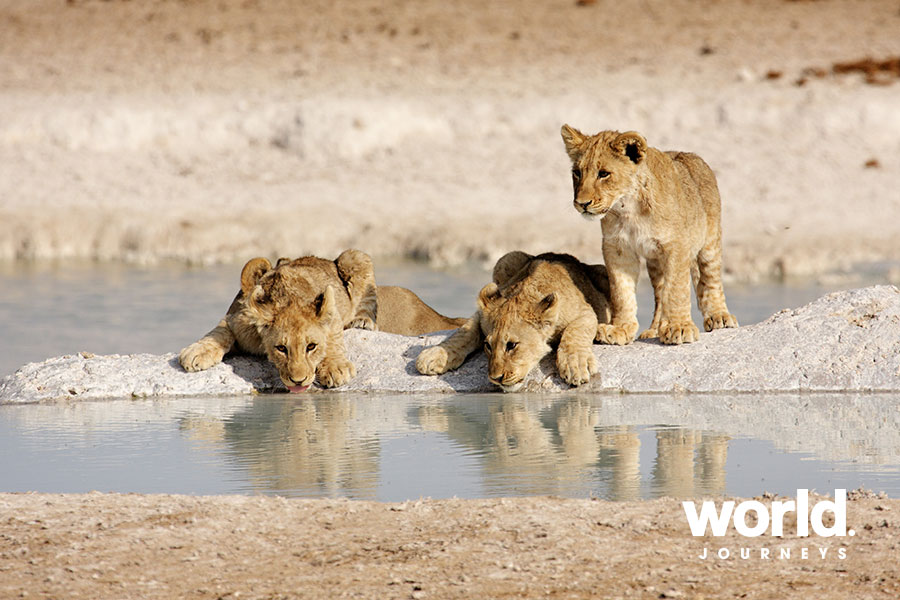
Wildlife | Small Group
Exploring Namibia
13 Days / 12 Nights
Experience the contrasting landscapes of Namibia, with the awe-inspiring Fish...
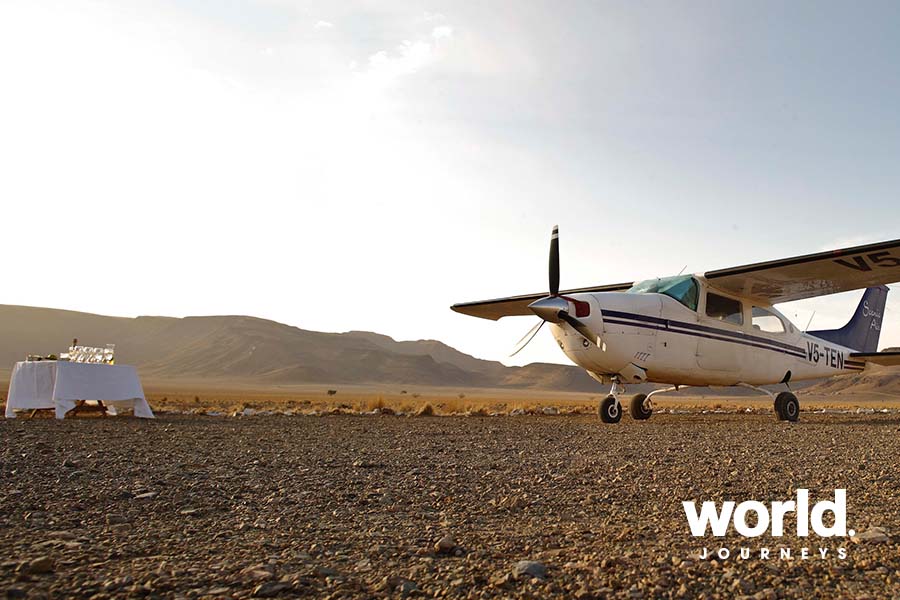
Wildlife
Gems of Namibia
10 Days / 9 Nights
On this tailored fly-in safari, experience the best of this...
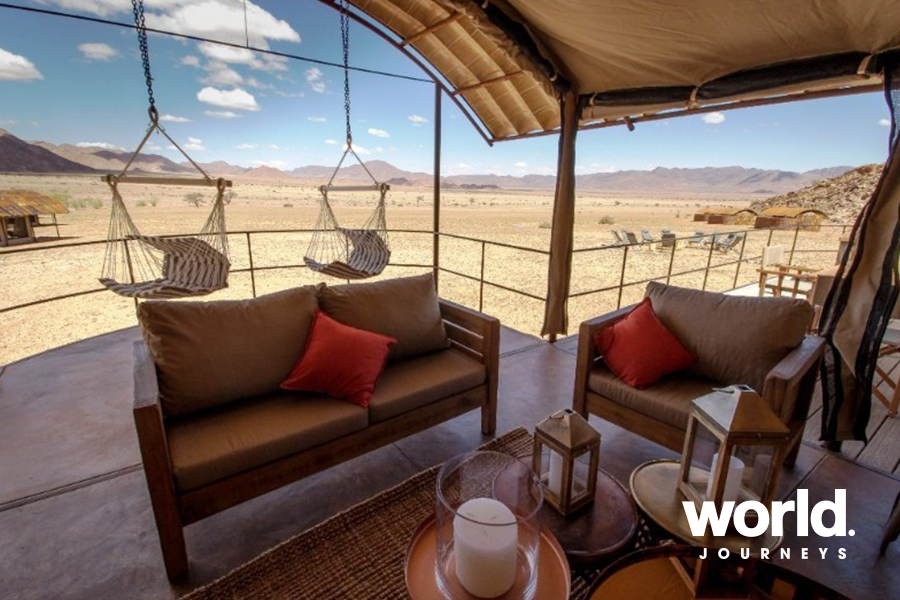
Wildlife | Small Group
Namibia Untold Safari
10 Days / 9 Nights
Experience Namibia on this small group journey staying in unique...
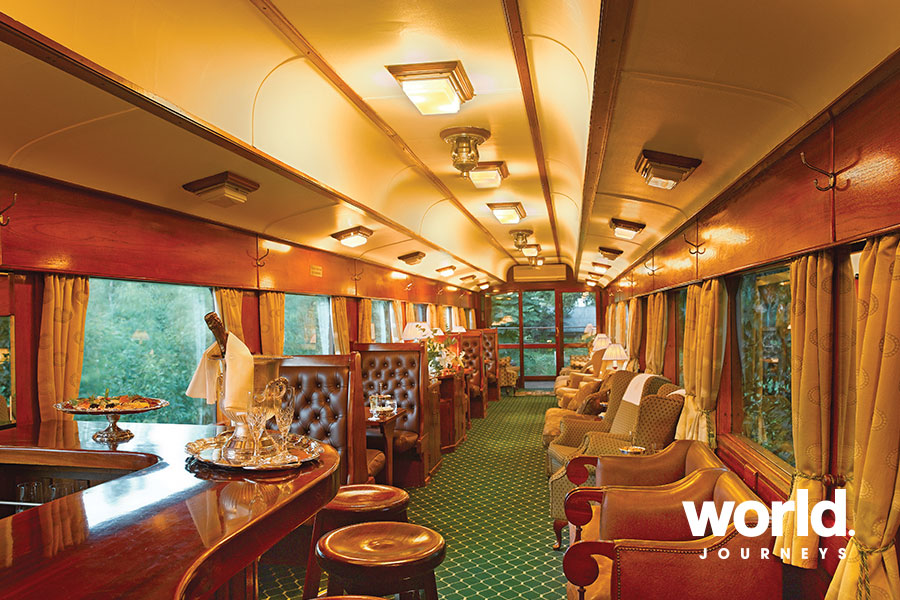
Rail | Wildlife
Rovos Rail: African Trilogy
16 Days / 15 Nights
Rovos Rail provides a high quality, yet affordable, rail safari...
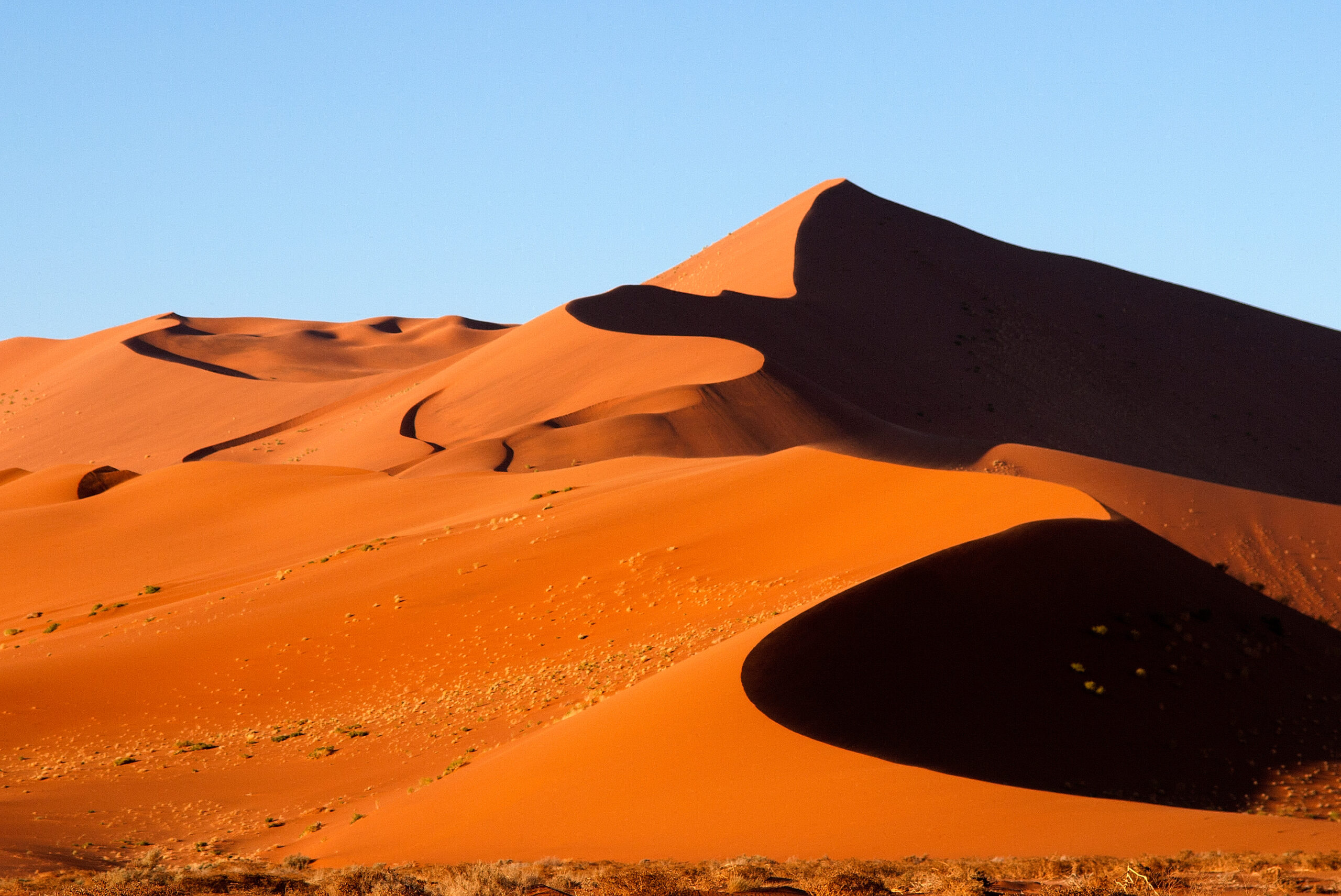
Rail | Wildlife
Rovos Rail: Namibia Safari
12 Days / 11 Nights
Journey from the savannahs of the Highveld to the Atlantic...
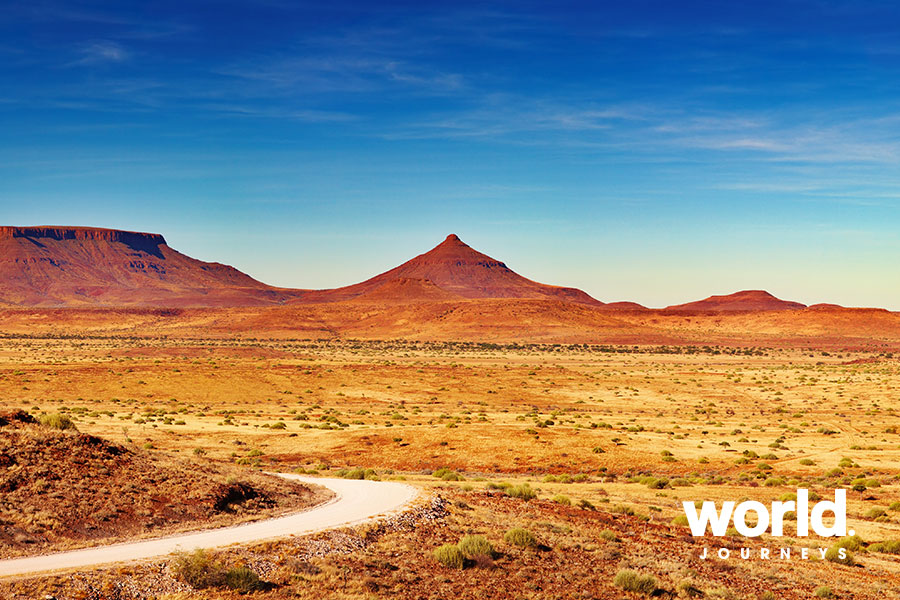
Wildlife
Self-Drive Namibia
13 Days / 12 Nights
Climb some of the world’s highest sand dunes and discover...
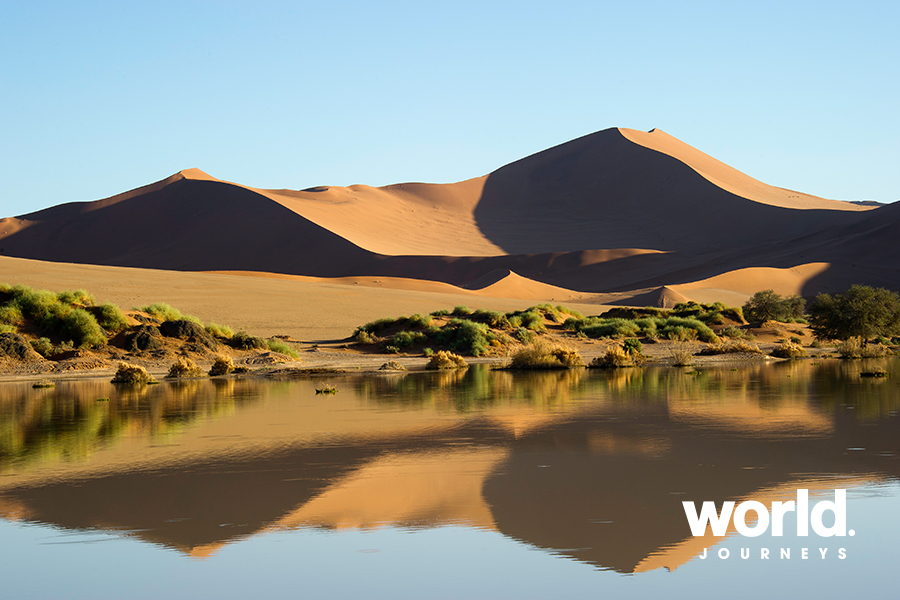
Wildlife
Sossusvlei Adventure
5 Days/ 4 Nights
This brief private safari will give you the opportunity to...
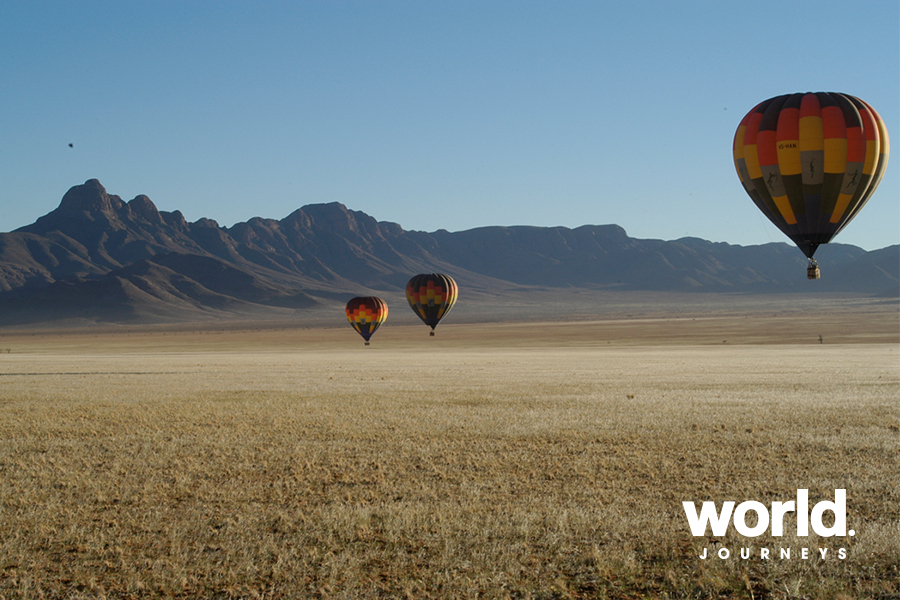
Wildlife | Active
Sossusvlei in Style
3 Days / 2 Nights
Be sure to include this major highlight in your Africa...
Free Heli-flights & Solo Deals!
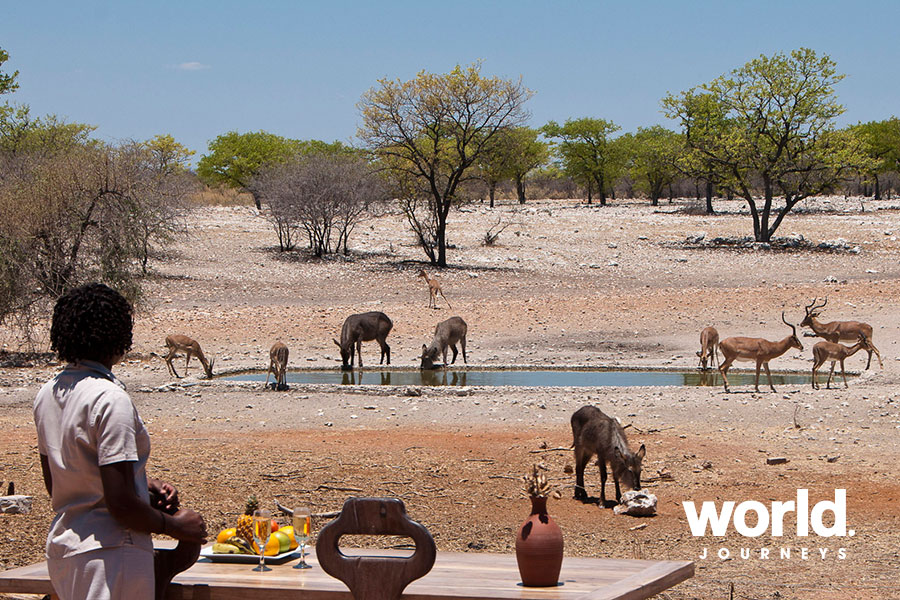
Wildlife | Small Group
Ultimate Namibia Safari
10 Days/ 9 Nights
This small group exploration affords the chance to experience this...
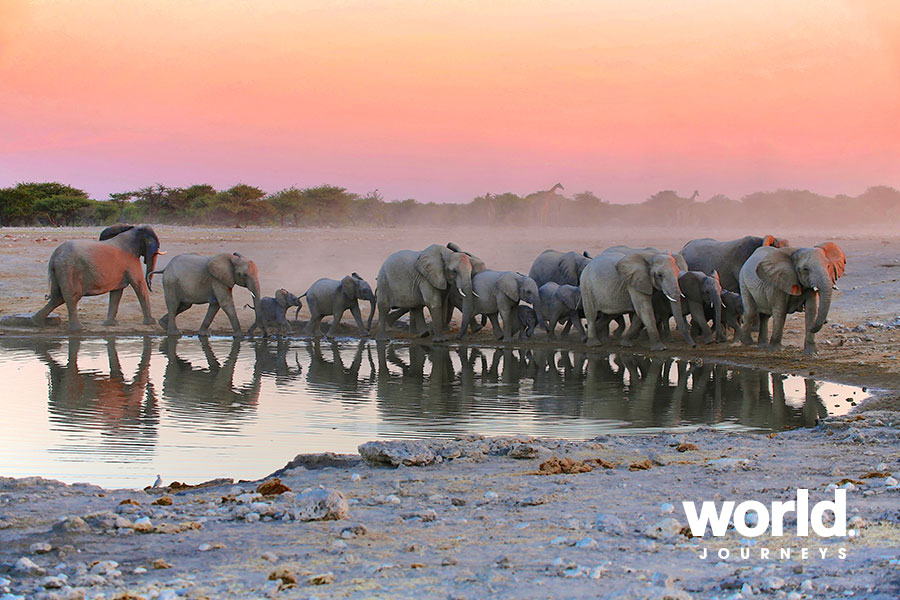
Wildlife
Ultimate Namibia Safari - Private Tour
11 Days / 10 Nights
On this private tour you’ll have the chance to experience...
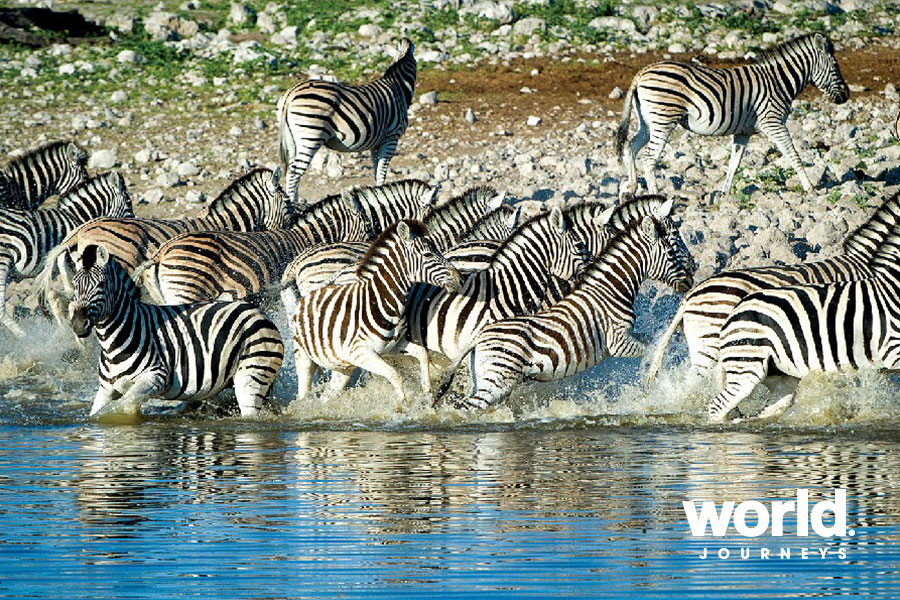
Untouched Wilderness
10 Days / 9 Nights
This magical flying safari includes the Hoanib Skeleton Coast region....

